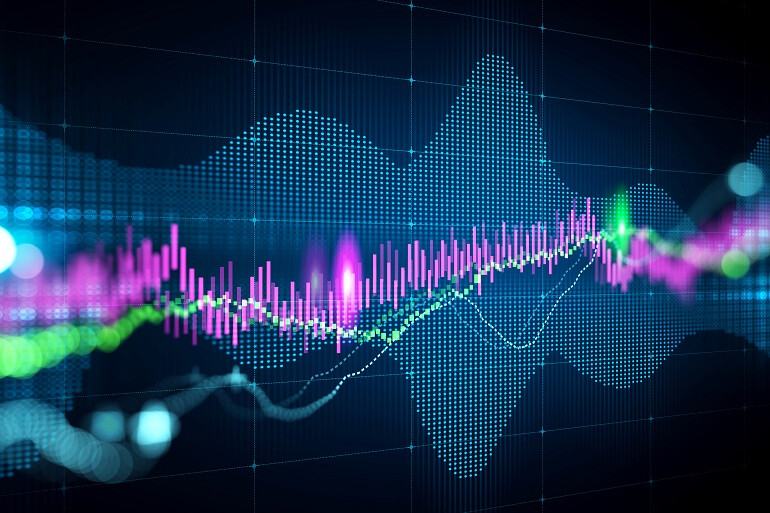Ukraine crisis: how does the stock market perform when the Vix fear gauge surges?
We explain how the recent increase in market volatility compares to history as the shocking events in Ukraine unfold.

Authors
The Russia-Ukraine situation is a human tragedy, which is likely to result in a lot of suffering. It remains highly uncertain how it will evolve. But we can look at how stock markets have performed in the past during periods of heightened fear.
The emotional response to such situations is to sell your investments. Historically, however, this would have been the wrong thing to do.
Escalating tensions between Russia and Ukraine have recently sent the stock market’s “fear gauge”, the Vix index, higher. The Vix is a measure of the amount of volatility traders expect for the US’ S&P 500 index during the next 30 days.
It closed on a level of 30 on Thursday 25 February, well above its average since 1990 of 19, and steeply higher than its start of year level of 17. It’s not hard to imagine a scenario where it moves even higher in the coming days as events continue to unfold.

The chart below shows how the S&P 500 has performed when the Vix has been at different levels in the past. For example, 5% of the time the Vix has been below 11.3 and 5% of the time it has been between 11.3 and 12.0, and so on.
The recent rise has taken the Vix close to its top bracket of historical experience.
However, rather than being a time to sell, historically, periods of heightened fear have been when the brave-hearted have earned the best returns. On average, the S&P 500 has generated an average 12-month return of over 15% if the Vix was between 28.7 and 33.5. And more than 26% if it breached 33.5.

We also looked at a switching strategy, which sold out of stocks (S&P 500) and went into cash on a daily basis whenever the Vix entered this top bucket, then shifted back into stocks whenever it dipped back below. This approach would have underperformed a strategy which remained continually invested in stocks by 2.3% a year since 1991 (7.6% a year vs 9.9% a year, ignoring any costs).
A $100 investment in the continually invested portfolio in January 1990 would have grown to be worth twice as much as $100 invested in the switching portfolio.

As with all investment, the past is not necessarily a guide to the future but history suggests that periods of heightened fear, as we are experiencing at present, have been better for stock market investing than might have been expected.
Authors
Topics